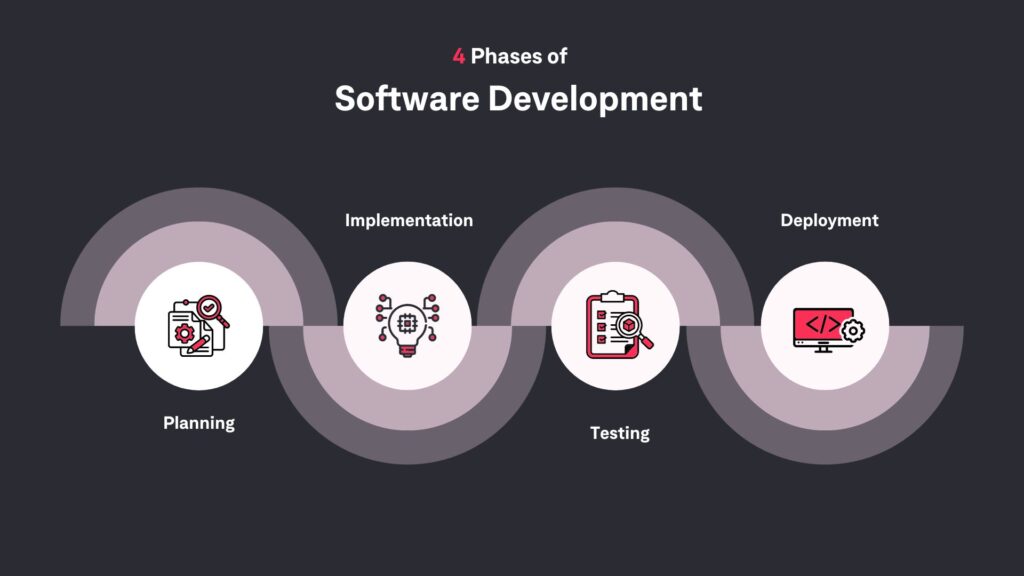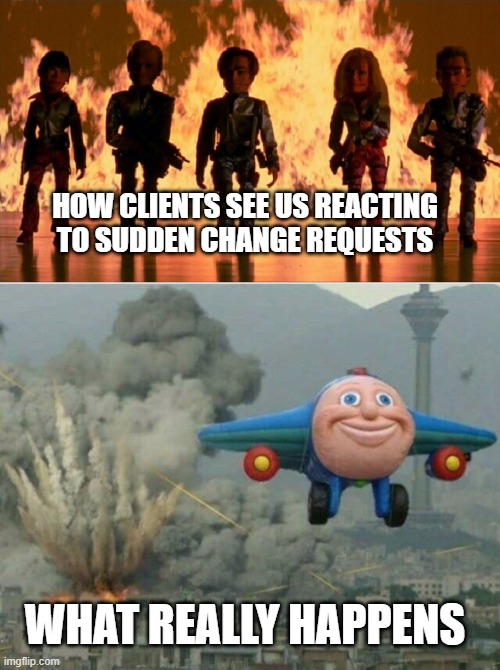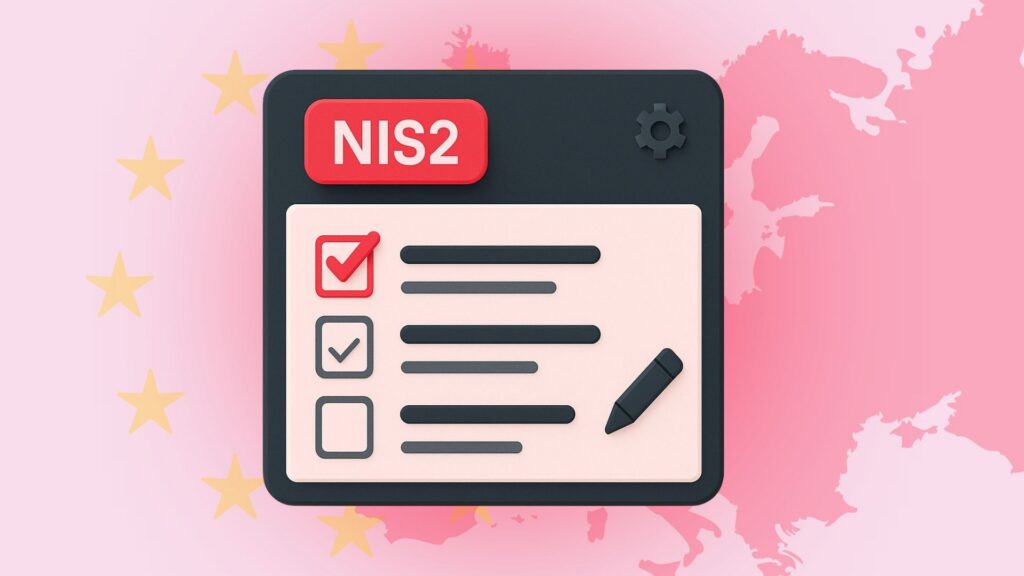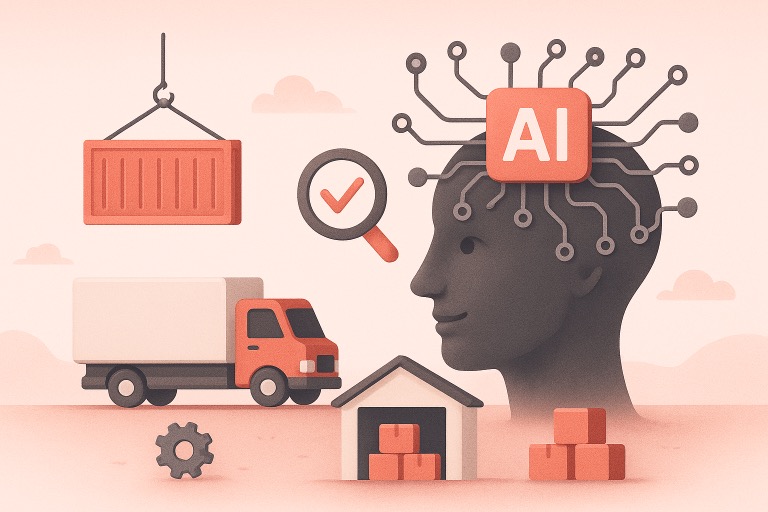Ever wonder about the amount of nerves, tears, and chaos that went into building your favorite app? Picture this: a team of brilliant minds, each with unique quirks and personalities, a ticking clock, and a client with its wants and wishes often way too separate from reality.
In this article, we’ll unravel what goes on behind the curtains – exploring both the structured parts of software development and the “people problems” that make it ever so interesting. Tie the laces to walk in our shoes for a brief moment as we delve into the intricacies of the software development life cycle.
What Software Development Life Cycle Looks Like?
Every software development company needs a roadmap to build apps and programs. Imagine it as a set of steps that guide them through the development cycle. Some companies follow a specific plan, like Agile, PMI, or Waterfall, while other growing companies might appreciate more leeway in using an ad hoc approach. No matter the method, having a process helps make things organized and efficient.
Although various methods change the nuances of the development process, in the grand scheme of things most software companies experience similar hurdles. By sharing our process, we hope to tell not only our story but that of many other enterprises like Net Group. With that said, let’s take a closer look at phases of software development life cycle we hope are representative of our industry.

Phase #1: Project Planning
At Net Group, we kick off our software development cycle with a systematic approach, aligning with the Project Management Institute (PMI) methodology. In the initial phase, we prioritize not only the technical aspects but also the social dynamics of integrated projects. This involves a thorough review of resources, project planning, budgeting, and risk assessment.
In the risk assessment phase, we mainly look at what things might cause big changes in the project’s plan or timeline. We also check out the resources from the client’s side that are crucial for the project. The project manager focuses on making sure that the team working on the project has enough information about the requirements and other feedback that can impact the project as it progresses.
If anything comes up during the initial meeting that needs adjustments to the project details, we’ll make those changes in the project description. After that, we refine and create a new plan for the project that all stakeholders can align with.
Phase #2: Design and Implementation
Now, let’s talk about the part where we plan and create what was specified in the planning stage. We start by turning the software specifications into a design plan. All important parties naturally take a look at the design, provide feedback, and suggest ideas for further improvements. Getting everyone’s approval as soon as possible is super important. If we sweep things under the rug here, it could lead to more costly and nerve-wracking changes down the line. Everyone hates that scenario.
Once the flag waves green, we jump into the actual building of the software. Every developer follows the plan we all agreed upon. It’s crucial to have clear rules about things like how the code should look and the style we use. For instance, we might set rules for how files are named, how infrastructure should support the development phase, how teams ought to collaborate, etc. This not only helps the team create organized and consistent code but also makes it easier to understand and test in the next phase.
Phase #3: Test
Next up, we put on our detective hats and hunt for any mistakes or things that are not up to a standard. We work hard to fix these issues until our creation matches the original plan. In simple terms, we want to make sure the code matches the rules we set.
Our team uses a mix of fancy automation and hands-on testing to track down any bugs in the software. We also give the software a good once-over to make sure it not only works well but also ticks all the boxes for what our customers want.
Phase #4: Deployment
Here, the aim is to launch the software into the real world, so users can dive in. Some groups like to take a pit stop in different environments, like testing or staging, before the big debut. This way, everyone can have a go at the product, and any last-minute hiccups get sorted before it hits the market.
When teams cook up software, they do all the coding and testing on a special version, not the one users have. The one users get their hands on is the ‘production,’ while the others hang out in the ‘build’ or ‘testing’ space.
Keeping these spaces apart ensures users can keep using the software, even if we’re making tweaks or upgrades. Deploying involves a bunch of tasks like wrapping up the latest version, setting the stage, and making sure everything gets smoothly installed in the real deal—production!
The Gritty Reality Beneath The Process

First, in the planning phase of software development, there’s (1) a communication divide. Imagine trying to order a custom pizza, but instead of asking for your favorite toppings, you’re expecting a chef to already have an idea of what you might like. That’s a bit like what clients and developers sometimes face when interpreting each other’s words. Clients might find it tricky to put into words exactly what they want, leaving a lot of room for interpretation. Without a clear communication framework – and even then – this sometimes causes stress early on in the project.
Once the development stage kicks off… well, that’s where issues turn internal. You’ve got a team of original and independent thinkers, each with their own personal traits, having their differences and disputes.
For team leaders, (2) managing devs is much like herding cats – one may sprint ahead, one naps in the corner, and one says she won’t eat Tippaws (Apple) over Royal Canin (Microsoft). Multiply that by extreme intelligence, and you’ve got the dynamics of a dev team. Let’s just keep it at the fact that balancing these different energies is an art.
Moreover, (3) managing technology trends is challenging at worst. Picture the tech world as a dynamic chessboard. Your move may be strategic and foreknowing, but just when you think you’re a step ahead, a new piece appears, and the board reshuffles, completely changing the rules of the game. Here comes a new framework or language, AI/ML, 5G network, cybersecurity practices, new IoT advancements… The development process and people involved are especially aware of the race against the clock. The challenge isn’t just keeping up; it’s ensuring your tech doesn’t become a relic in the near-future progress.
In fact, there are more (4) ongoing dynamic changes that teams have to face. In the fast-paced realm of software development, the theoretical elegance of the Software Development Life Cycle (SDLC) often meets the gritty reality of implementation. There’s more than adapting to changes in technology. Market conditions change, new people onboard the company and hop in projects, project management tools undergo changes, etc. Needless to say, in bigger IT companies there’s not one software development life cycle… There are dozens and all are fighting for resources and pushing conflicting priorities.
Lastly, the recent welcome to the family of challenges – (5) remote work. Now that more teams work from different places, talking and working together has become a bit tricky. Making sure everyone follows the same rules for coding and communicates well has become super important. Luckily the trend has been rather helpful in signifying the importance of process-oriented work.
Closing Thoughts
With the software development life cycle, we’ve explored the dance of navigating challenges and turning client wishes into reality. It’s not just about writing code or following steps; it’s a symphony of planning, creating, testing, and finally seeing the product come to life. Like solving a puzzle, every piece, from client communication hurdles to managing dynamic teams and embracing technological changes, adds to the challenge and excitement.
So, as we wrap up, remember that behind every app or program lies a story of resilience, adaptation, and the relentless pursuit of excellence. Cheers to the art and science of software development!
Similar insights

14 Books Smart Tech Leaders Are Reading This Fall
07/10/2025
Protect Your Crown Jewels: The Heart of Your Cybersecurity
15/09/2025
How Renown Business Executives are Using AI?
12/08/2025
Think You’re Secure? PEN Testing Will Tell You
15/05/2025
NIS2 Compliance: A Simple Guide to Get It Done Right
15/05/2025
NIS2 Directive Explained: What Your Business Needs to Do Now
29/04/2025
Net Group Expands into Germany and Acquires Cybersecurity Company
04/04/2025
AI in Supply Chains: Precision, Profit, and Practicality (Today)
01/04/2025
The New Playbook for Innovation: Stingray Model
24/01/2025
Let the success
journey begin
Our goal is to help take your organization to new heights of success through innovative digital solutions. Let us work together to turn your dreams into reality.